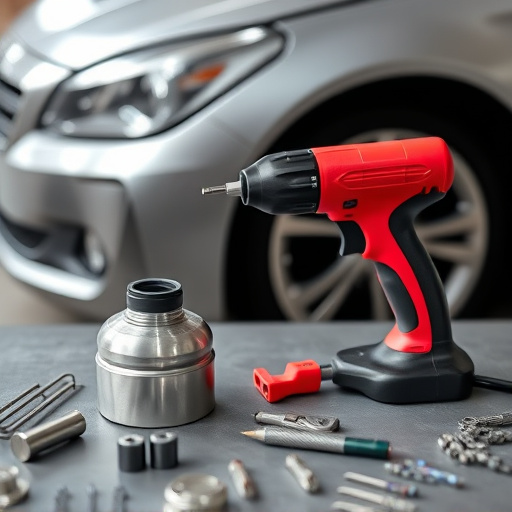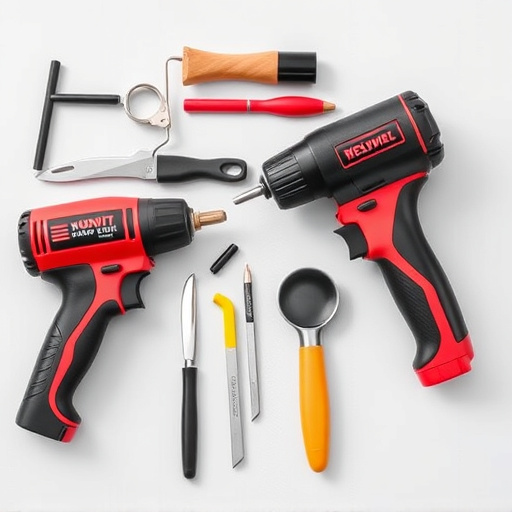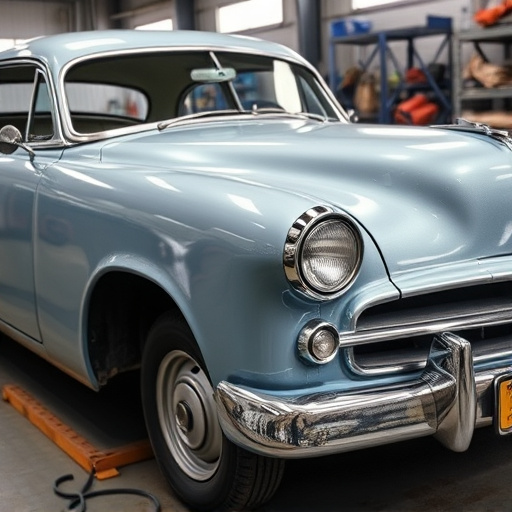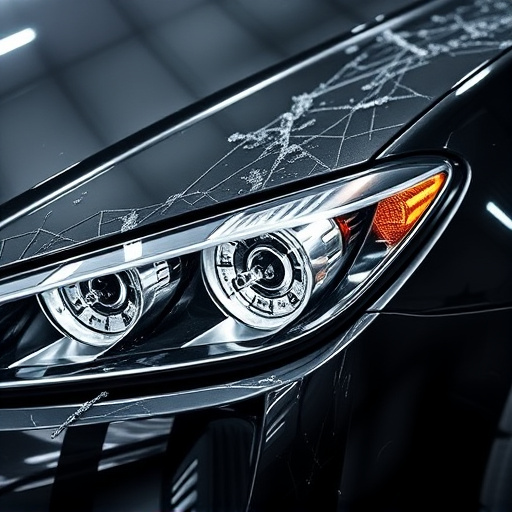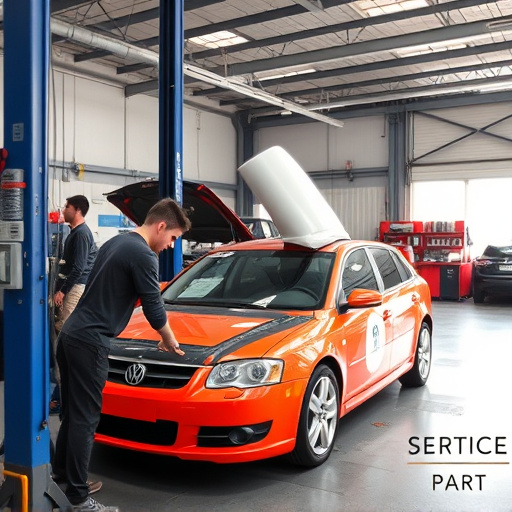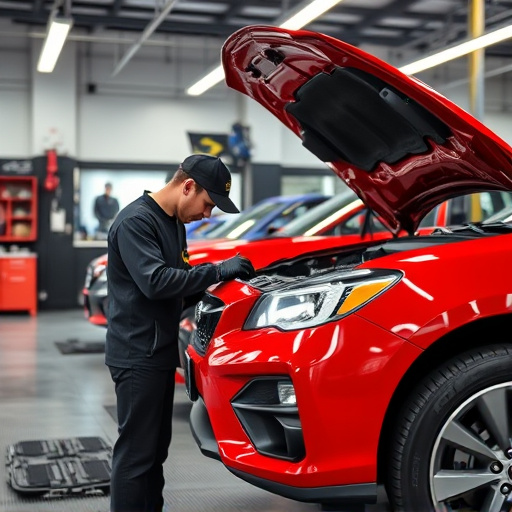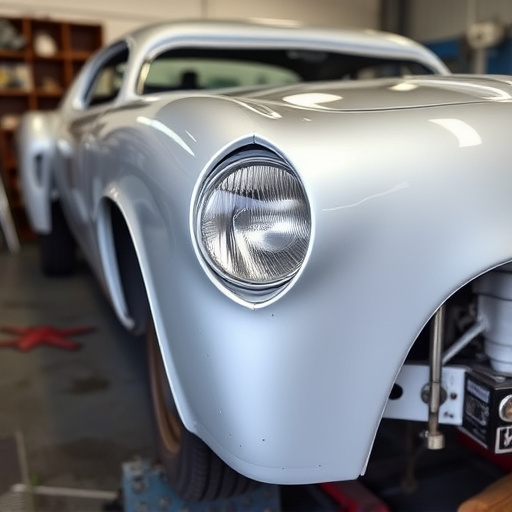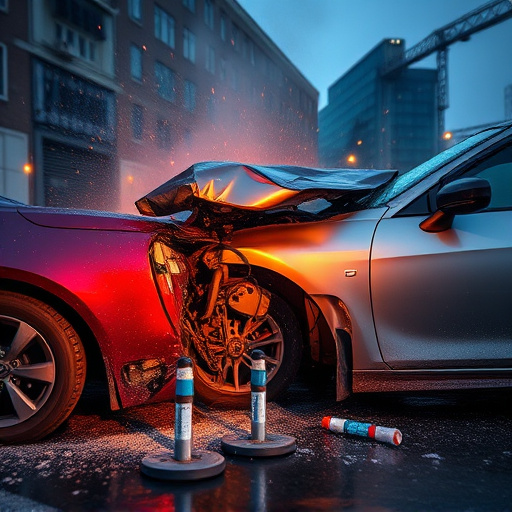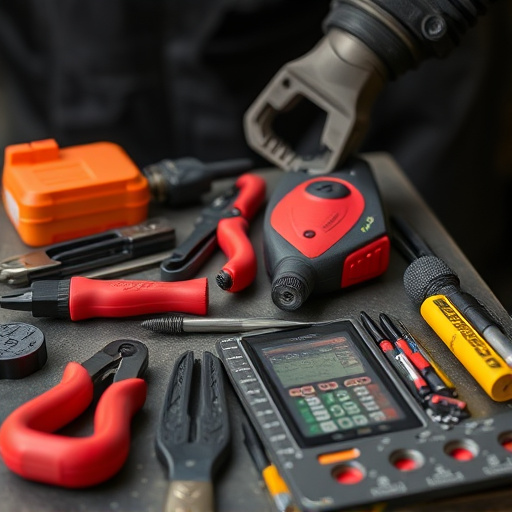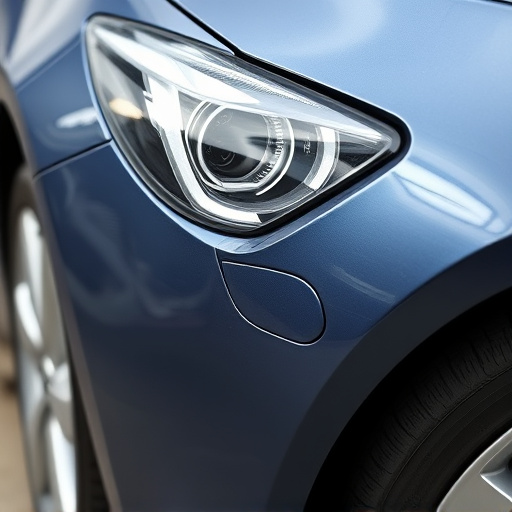Auto body restoration is a skilled craft involving meticulous assessment and repair of damaged vehicle bodies to their original condition. It starts with inspection, disassembly, and repair techniques, including paintless dent repair for precise results. Restoring classic cars is a rewarding challenge preserving automotive history, demanding specialized knowledge and creative problem-solving. Ensuring the right tools—hand tools, power tools, safety gear—is crucial for professional results and a seamless restoration process.
Considering investing in auto body restoration? It’s an exciting journey, but understanding the process and its nuances is crucial. This guide will walk you through everything from the intricate auto body restoration process to the unique benefits and challenges of restoring classic cars. We’ll also equip you with essential tools and equipment needed for a successful transformation. Dive into this comprehensive overview to make informed decisions in the world of auto body restoration.
- Understanding Auto Body Restoration Process
- Benefits and Challenges of Restoring Classic Cars
- Essential Tools and Equipment for Successful Restoration
Understanding Auto Body Restoration Process
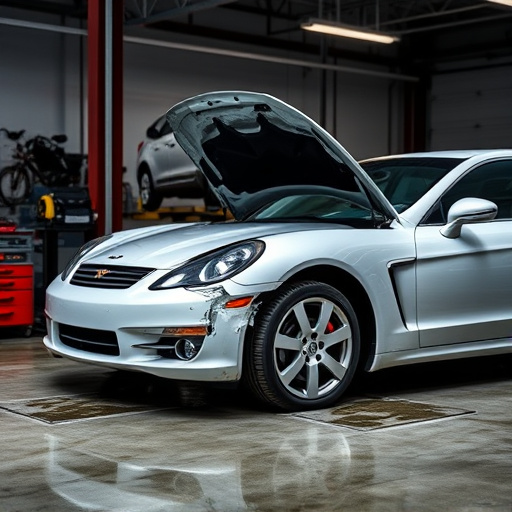
Auto body restoration is a meticulous process that involves repairing and restoring damaged vehicle bodies to their original state. It requires skilled technicians who can identify and address various types of damage, from minor dents and scratches to more severe structural issues. The process begins with an assessment to determine the extent of repairs needed. This includes inspecting the exterior panels, frame, and underbody for any signs of damage or corrosion.
Once the assessment is complete, the damaged areas are carefully disassembled and repaired. This may involve replacing dented panels, straightening bent frames, and re-sealing any rusted spots. One popular method in modern auto body restoration is paintless dent repair, which uses specialized tools to remove dents without damaging the vehicle’s paint job. Vehicle repair services that offer these advanced techniques ensure a more precise and less invasive restoration process, resulting in top-quality repairs that can make your car look as good as new.
Benefits and Challenges of Restoring Classic Cars
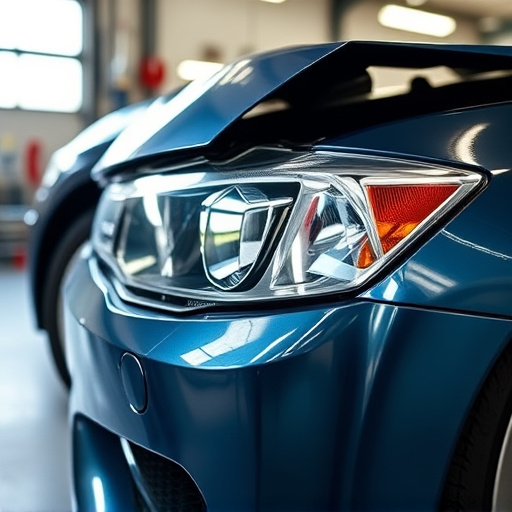
Restoring classic cars offers a unique blend of benefits and challenges for enthusiasts and professionals alike. One of the primary advantages is the opportunity to breathe new life into vintage vehicles, preserving their historical value and aesthetic appeal. Auto body restoration allows car lovers to transform damaged or neglected classics into showpieces, showcasing their passion and skill. This process involves meticulous work, from intricate dent repair to precise panel alignment, ensuring every detail reflects the original design intent.
However, challenges are abundant in this specialized field. Car collision repair for classic cars requires a deep understanding of the vehicle’s history and construction. Different eras come with distinct techniques and materials, necessitating specific expertise. Moreover, sourcing authentic parts for older models can be difficult, leading to creative problem-solving and custom fabrication. Despite these hurdles, many auto body restoration professionals find immense satisfaction in bringing these time-honored vehicles back to their former glory, contributing to a vibrant classic car community.
Essential Tools and Equipment for Successful Restoration
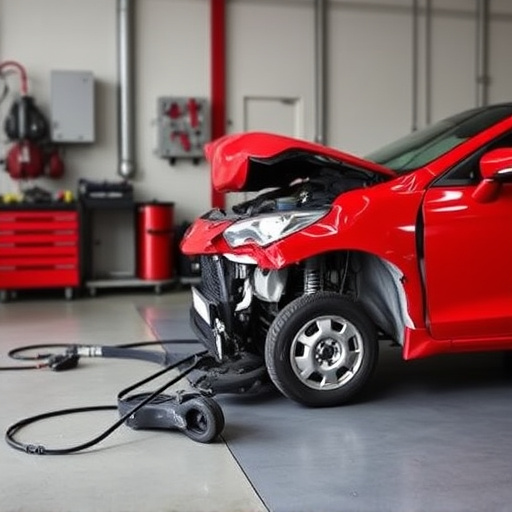
Before diving into auto body restoration, it’s crucial to equip yourself with the right tools and equipment. A successful restoration requires a well-stocked toolkit tailored for specific tasks. Essential items include a variety of hand tools like hammers, pry bars, and clamps, which are fundamental for disassembling and reassembling panels. Additionally, an air compressor becomes indispensable for tasks such as dent removal, allowing you to gently push out blemishes without damaging the underlying structure.
For more intricate autobody repairs, power tools like grinders, sanders, and paint guns are essential. These tools enable precise cutting, shaping, and painting, ensuring a seamless finish. Moreover, proper safety gear—including gloves, eye protection, and respirators—is non-negotiable to protect against debris, chemicals, and harmful fumes during the restoration process. Having these essentials on hand will not only streamline your work but also contribute to achieving professional-grade auto body restoration results.
Investing in auto body restoration can be a rewarding journey, preserving automotive history while honing your skills. By understanding the process, embracing the challenges, and equipping yourself with the right tools, you’re well on your way to successfully restoring classic cars or even modern classics. Remember, meticulous attention to detail and a passion for automobilia are key to achieving outstanding results in this intricate art form known as auto body restoration.
